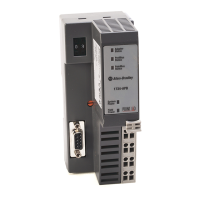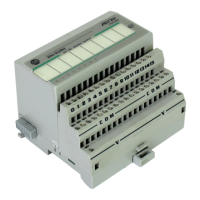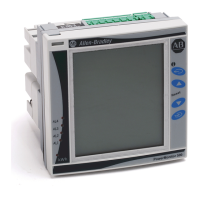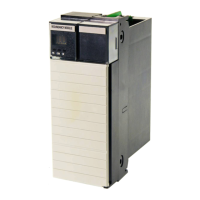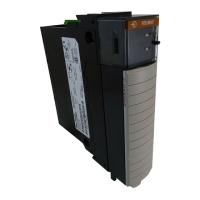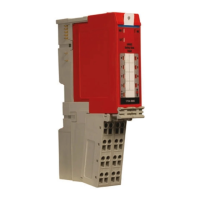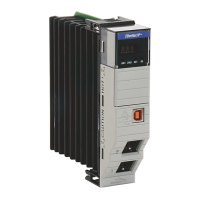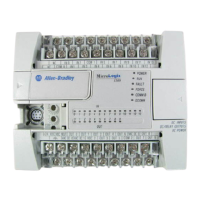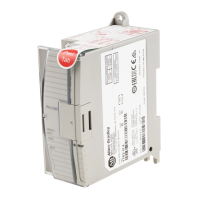Publication 1734-UM009A-EN-P - June 2002
1-12 Installing the RS-232 ASCII Module
The transmit and receive sizes of the I/O connection are automatically
computed for you by the 1734-232ASC module. You must set the
maximum RX and TX sizes first and then choose apply. Upload the
data to the 1734-232ASC by clicking Upload. The scanner’s I/O
connection TX field should be set to the value of "Consume Assembly
Size" parameter 23.
The RX size of the scanner should be set to the value of "Produce
Assembly Size" parameter 13. If you are in the COS I/O connection
and do not wish to transmit data out of the 1734-232ASC module, you
may set the scanner’s TX size to 0. This will only work with the
COS/cyclic connection. You will see the best results if you do not
allocate the poll and COS connections at the same time (you will
conserve bandwidth). The best selection in regards to bandwidth
conservation is the COS connection.
Setting Up the Connection Timer (EPR)
EPR stands for Expected Packet Rate. This is the timer value that the
1734-232ASC module uses for the cyclic and polled connection. This is
also the value it uses in the connections to calculate the time the
device should wait before signaling a timeout. If you have a scanner
or scanning software, you must configure it with the EPR that you
want the 1734-232ASC module to be scanned with.
The scanner configures the EPR in the 1734-232ASC module at the
beginning of communications. Consult your scanner’s manuals on
how to configure the EPR.
IMPORTANT
Remember to re-map the data (if necessary) after you
set the sizes, because many configuration tools will
automatically unmap your data when you change the
connection sizes. If you are not using such a
software package, it is probably not necessary to set
up the transmit and receive sizes.
TIP
EPR is automatically set via RSNetWorx for
DeviceNet. However, if you need to set up the EPR
manually, perform a set (Service 10
hex
) on the
connection class (Class 5
hex
) attribute 9. The polled
connection uses instance 2, where as the COS and
cyclic connections use instance 4. This must be done
after allocating the connection.
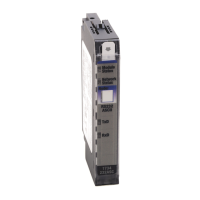
